Digital Projection, a specialist in LED laser projectors, will be highlighting its newest innovation, the Satellite Modular Laser System (MLS) at this years InfoComm. The product has a wide range of applications, from single projector installs to complex, multi-channel domes, caves and simulators.
UK-based Digital Projection will be heading to Orlando, Florida, for this year's InfoComm from the 12th - 14th June. The company will be using the vent to preview its Satellite Modular Laser System (MLS). Key features of the system include the option for both a one-to-many or many-to-one relationship between the light sources and the projection Heads. It offers modularity, small size, low noise and low power consumption, as well as enhanced system longevity.Satellite MLS offers simple building blocks, meaning the flexible system enables a variety of applications. The new system separates the light source, with its power and thermal management, to a remote location. This allows for a small and compact projection Head, which only contains minimal optical and video processing.
Compact, light and flexible
The projector Head is compact, quiet and consumes very little power. It is also light-weight, meaning transportation and installation are made simple. It is linked to the light source by robust and flexible fibre-optic cables up to 100m long. The system is ideal for projects where space and access are limited. It makes RGB laser illumination accessible to the wider AV market at a cost-effective price point.In addition to the presentation of the Satellite MLS system, InfoComm 2019 will also see Digital Projection’s Chris Axford (international sales & marketing director) present at Blooloop’s attractions-themed educational sessions.
The Satellite MLS is developed around WUXGA, Native 4K and 8K resolutions. It will also incorporate Digital Projection’s innovative ‘MultiView’ technology. Due to the module design of the system, users can set up a one-to-many, or many-to-one relationship between the light sources and the projection Heads.
One-to-many and many-to-one
In a one-to-many set-up, a single 10,000-lumen light source can feed multiple projection Heads. The system can equally split and control the luminance of each image. This intelligent control mechanism enables unparalleled matching of any number of channels. It also reduces the need for system maintenance downtime.In a many-to-one relationship, multiple 10,000-lumen Satellite MLS light modules can be combined to feed a single, ultra-compact projection Head. This results in an excellent lumens-per-kilogram ratio. If a conventional, integrated projector had the capacity for the same luminance, it would weigh hundreds of kilos. Such a set-up would present many spatial, logistical and servicing challenges.
Long-lasting
The Satellite MLS also has excellent longevity. Each projection Head is designed with a closed-loop cooling system. This seals all of the critical optical components from contaminants. The system also enjoys reduced thermal dissipation. Combined with its small size, this means that supplementary environmental enclosures are easier to design and manufacture, reducing total system costs.Digital Projection's contribution to the new immersive experience at Oslo’s Frammuseet (Fram Museum) has helped the museum to increase its footfall.
The company will be at booth #1642 at InfoComm in Orlando, from the 12th - 14th June.
Charlotte Coates is blooloop's editor. She is from Brighton, UK and previously worked as a librarian. She has a strong interest in arts, culture and information and graduated from the University of Sussex with a degree in English Literature. Charlotte can usually be found either with her head in a book or planning her next travel adventure.
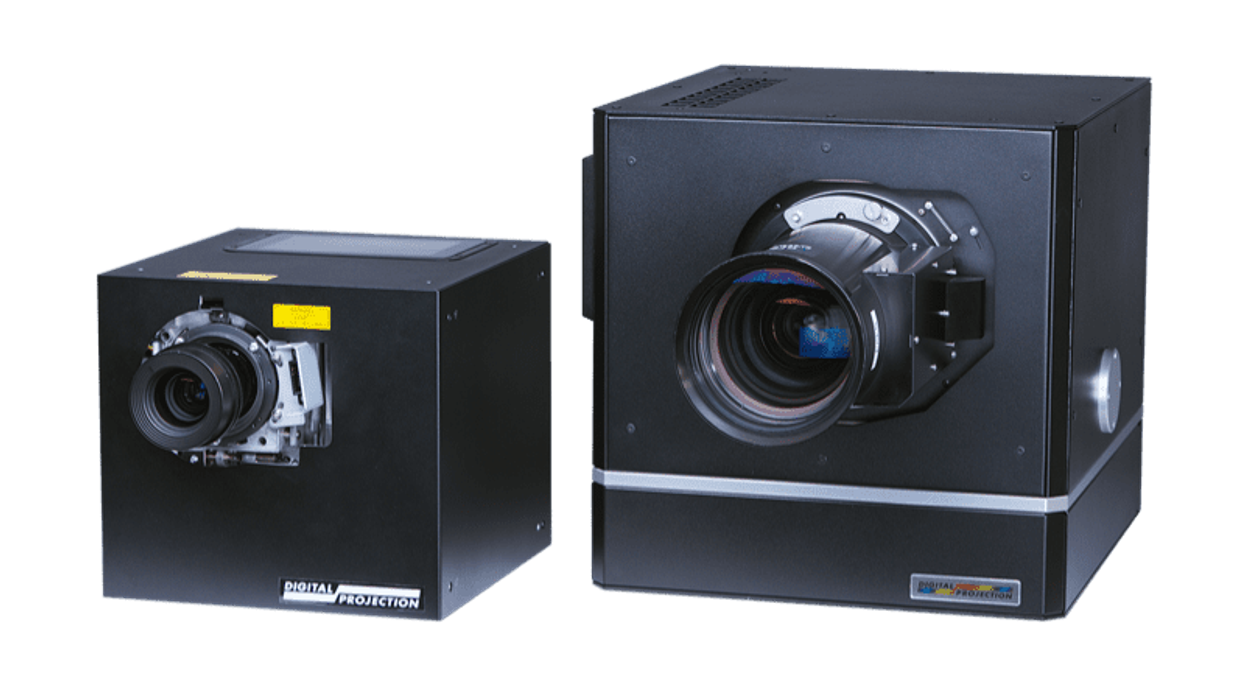


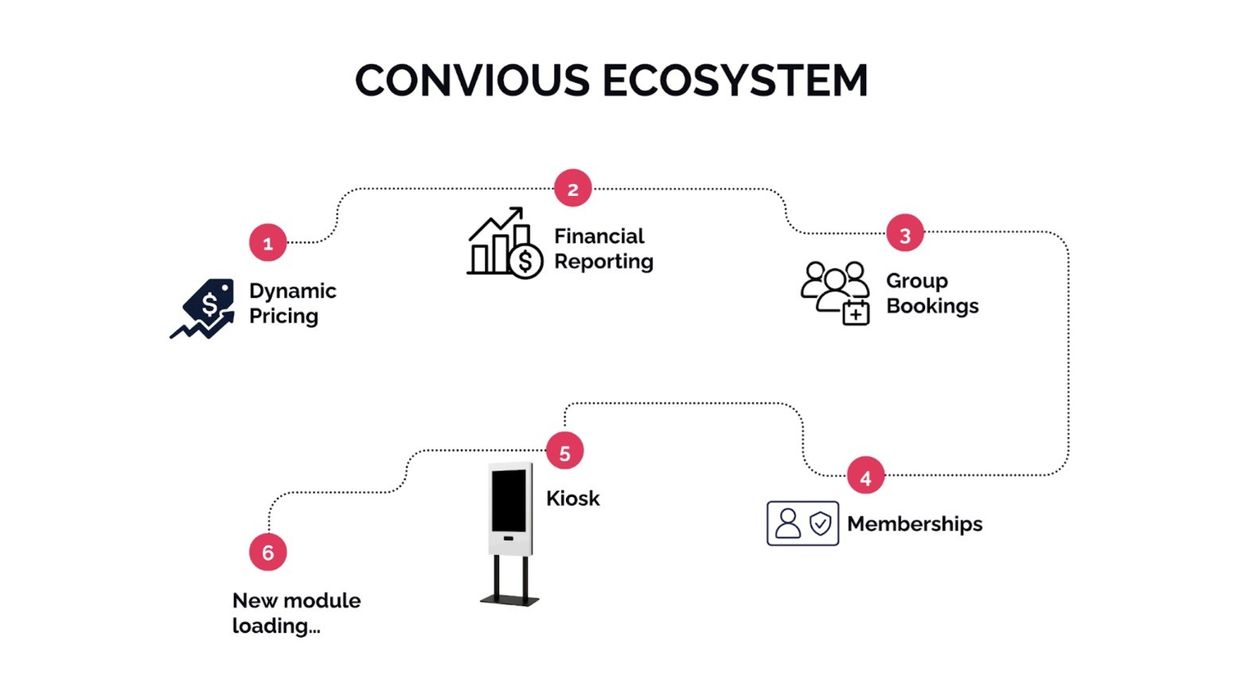



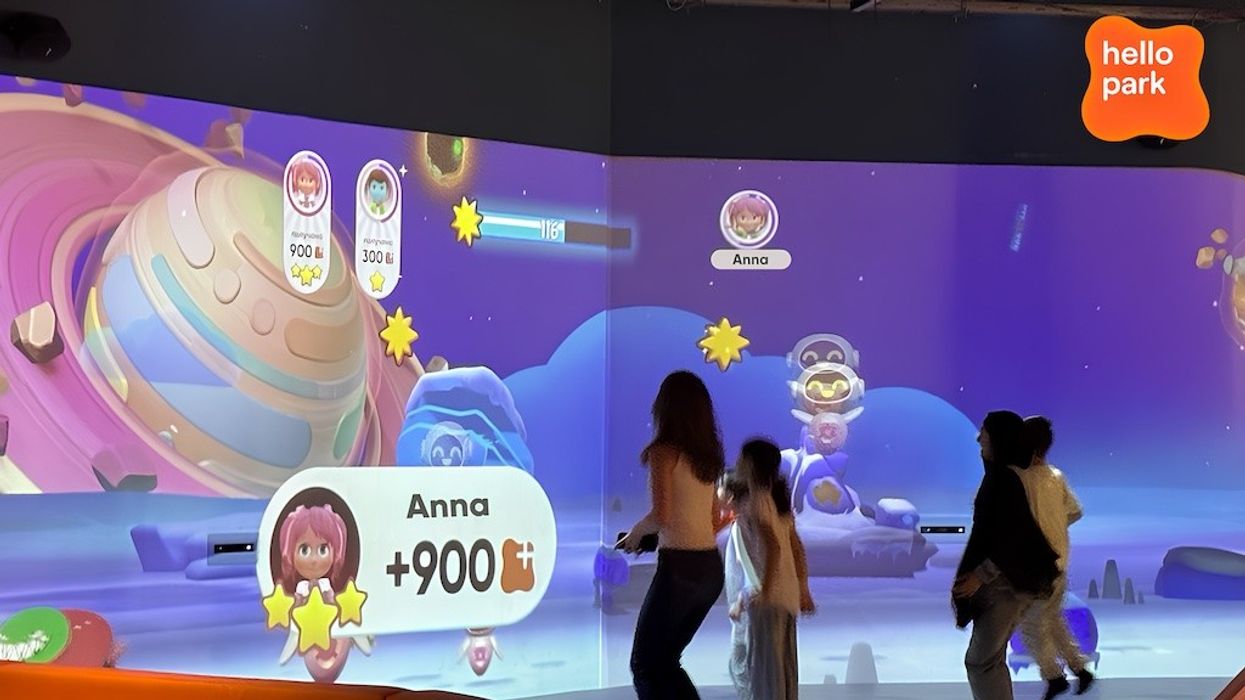






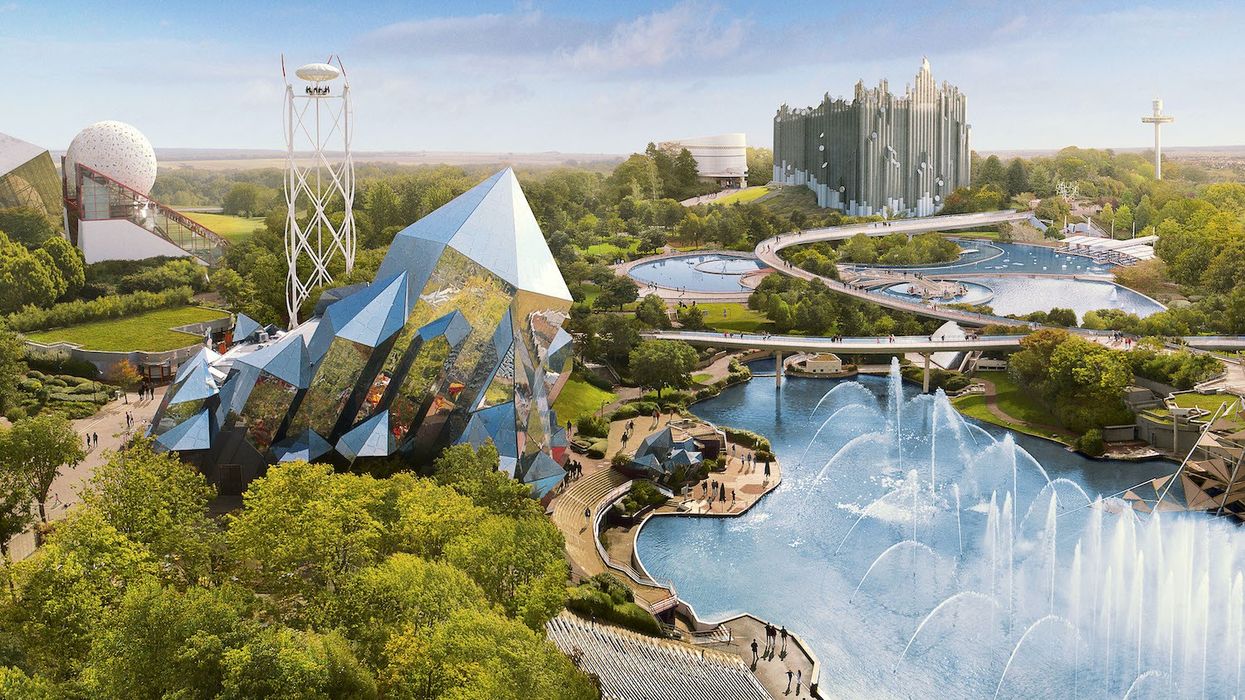

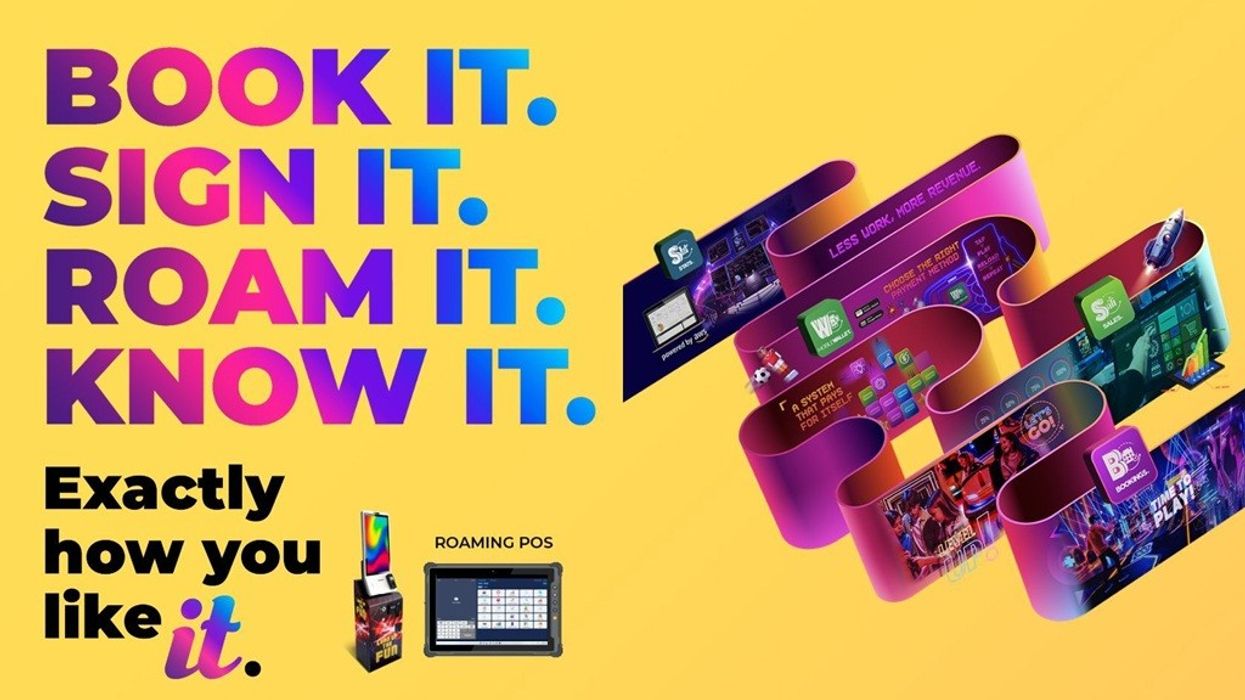

 Jade Craig
Jade Craig
